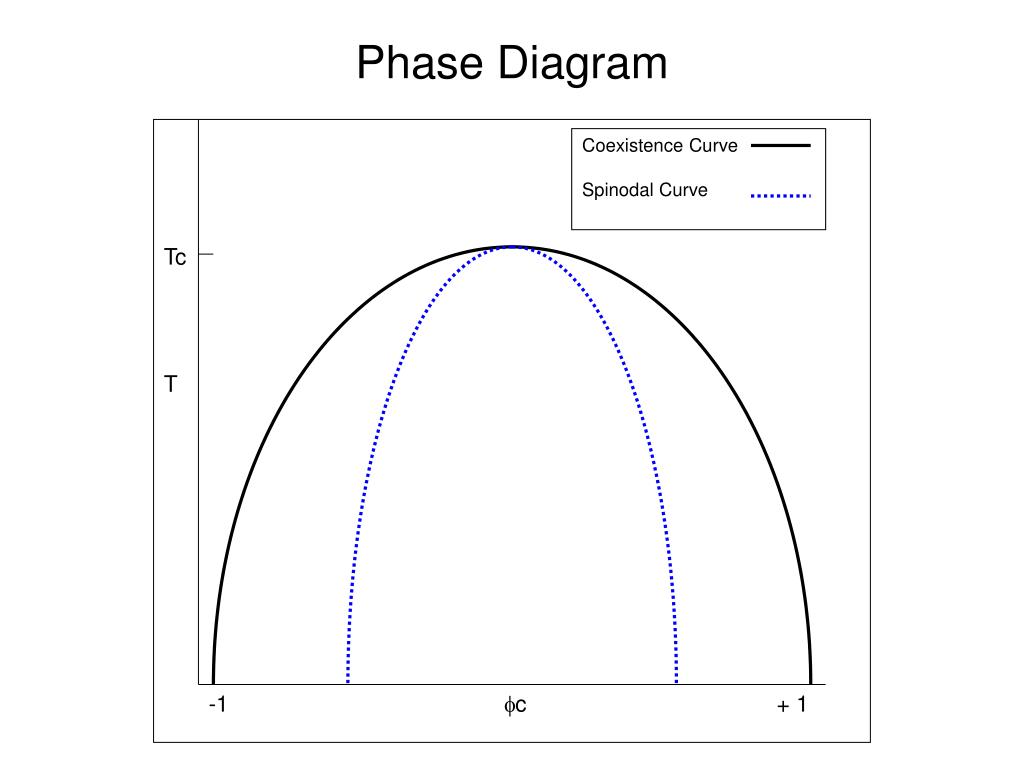

Hamp in an attempt to reconstruct the ""ancestor"" to a short passage from ancient Indian scriptures. Another story in this language was composed by Eric P. That text in this language was first composed by linguist August (*) Schleicher. Adams published a version of that story which incorporated the laryngeal theory of this language's phonology. A revised version of that text by Hermann Hirt included labialized and palatized velars, and later Douglas Q. "In one story written in this language, a sheep with no wool flees into the plain after having a conversation with some horses and lamenting that they are driven by men. Which is not something I'm normally great about noting, but some of Seiner's other stuff is in anthologies which have translation work by someone with whom I deal for less exalted translation jobs at work, and that rather brought it home to me.Tossup Question,Answer,Category,Author,Edited,Packet,Question Number,Comments,Id, The translation is by Julie Novakova, incidentally. Why do Czechs have such a gift for smashing down the 'two cultures' nonsense like this (see also: poet-immunologist Miroslav Holub, who integrated the two vocations much better than you might expect)? Whatever the answer, I hope we get more from Seiner in English soon.

The writer, Hanuš Seiner, is entirely new to me, and doesn't seem to have published much fiction, but as a PhD working in material science I assume he's not finessed too much of the detail here (well, except maybe the whole consciousness download bit). Over a pretty short space, the tale finds all sorts of things to say about mind, matter, aesthetics, love, betrayal.you know, most of the big stuff. A story which finds poetry in metallurgy - both the real thing, and its imagined future form, where metallurgists leave residual versions of themselves in their bodies while the greater part of their consciousness enters the metal to shape it from within.


 0 kommentar(er)
0 kommentar(er)
